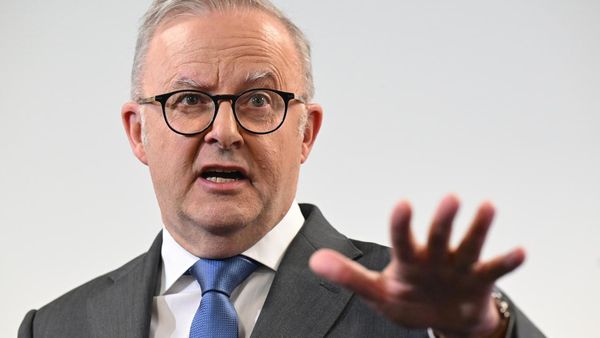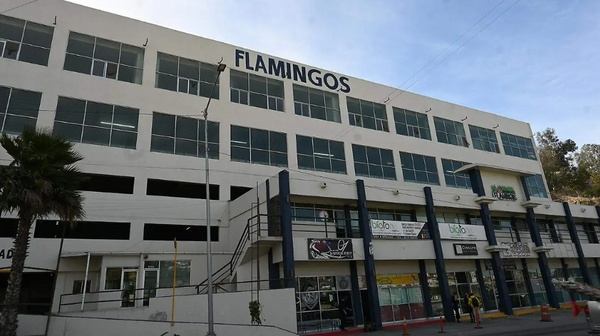
A top J.P. Morgan strategist has highlighted that Oracle Corp. (NYSE:ORCL), with a 500% debt-to-equity ratio, also has a “much higher” debt-to-EBITDA ratio when compared to its peers.
Check out ORCL’s stock price here.
Oracle Debt Still ‘Much Higher’ Despite Using A Different Ratio
Michael Cembalest, Chairman of Market and Investment Strategy for J.P. Morgan Asset & Wealth Management, issued a clarification in a new note dated Oct. 16, following a report calling out ORCL debt levels.
Cembalest introduced new data showing Oracle's debt levels, when measured by net debt-to-EBITDA, are still "much higher" than its AI peers.

The original analysis, published in a Sept. 24 note titled “The Blob,” had warned that Oracle's massive borrowing for its AI ambitions signaled the "tech capital cycle may be about to change".
The chart was widely cited, contrasting Oracle's 500% debt-to-equity ratio with Amazon.com Inc.'s (NASDAQ:AMZN) 50% and Microsoft Corp.'s (NASDAQ:MSFT) 30%.
The note suggested Oracle’s $60 billion commitment to build cloud facilities for OpenAI could break the self-funded “stable oligopoly” and trigger a “debt-fueled arms race”.
ORCL Debt-To-Equity Impacted By Stock Buybacks
In his Oct. 16 follow-up, “Mad Libs,” Cembalest wrote that the debt-to-equity chart was “misleading” because it was “heavily impacted by stock buybacks”.
He explained that these buybacks, which increased founder Larry Ellison’s ownership stake, artificially reduced the company’s equity denominator and “exaggerated” the situation.
Cembalest pointed to net debt-to-EBITDA as one of the “better measures of Oracle borrowing capacity”. The new charts included in the October note show Oracle's net debt-to-EBITDA ratio at approximately 400% (or 4x).
This still places it as a significant outlier, as key AI players like Google, Amazon, Microsoft, and Nvidia Corp. (NASDAQ:NVDA) all cluster near 0% on the same chart.
Oracle Still Most Leveraged Among JPM’s ‘Direct AI Stocks’
The revised stance softens the immediate alarm. Cembalest noted that Oracle's credit rating is consistent with its net debt ratio and that "Bond investors would likely gladly buy more" of its debt.
However, the new analysis confirms Oracle remains the most leveraged company in J.P. Morgan’s “Direct AI stocks” universe, and the firm still has “much lower” free cash flow ratios than its peers.
ORCL Rallies Nearly 70% In 2025 Despite Debt Fears
Oracle declined 0.68% on Monday to end at $281.40 per share, and it further tumbled 0.034% in after-hours. However, the stock has advanced 69.49% year-to-date and 63.21% over the year.
It maintained a stronger price trend over short, medium, and long terms, with a poor value ranking. Additional performance details, as per Benzinga’s Edge Stock Rankings, are available here.

On Tuesday, the futures of the S&P 500, Dow Jones, and Nasdaq 100 indices were trading lower.
Meanwhile, on Monday, the S&P 500 index ended 1.23% higher at 6,875.16, whereas the Nasdaq 100 index rose 1.83% to 25,821.54. On the other hand, Dow Jones advanced 0.71% to end at 47,544.59.
Read Next:
Disclaimer: This content was partially produced with the help of AI tools and was reviewed and published by Benzinga editors.
Photo courtesy: Sundry Photography / Shutterstock.com







